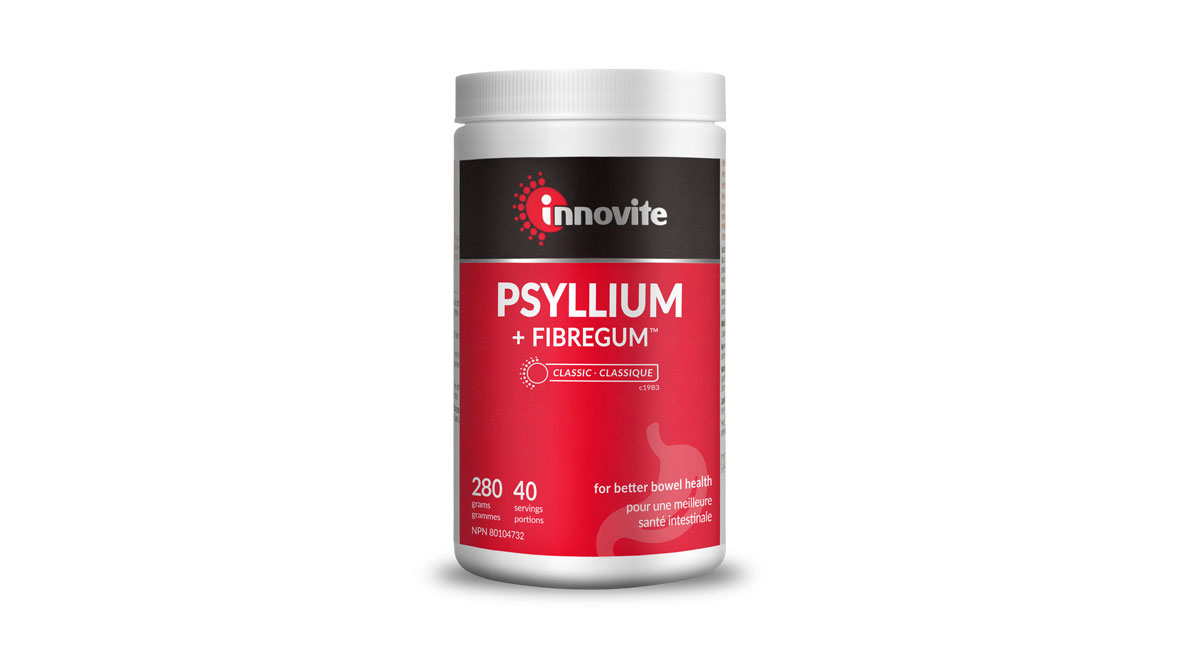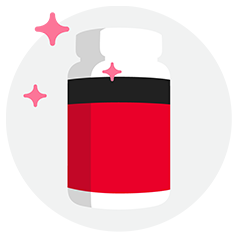Everything you need to know about fibre

In the world of food, carbohydrates are often seen as the bad guy. But it’s important to note that not all carbs are bad. In fact, good carbohydrates like fibre, give your body the energy to function properly.
What is fibre?
Fibre is a type of carbohydrate that is found in a variety of foods. What’s different about this carbohydrate is that your body can’t digest it. Although most carbohydrates can be broken down into sugar molecules by the body, fibre can’t. This is because fibre is the component of plant material in food (cellulose, hemicellulose, etc.) that is resistant to enzymatic digestion. Instead of being absorbed in the small and large intestines, it undergoes partial fermentation in the colon.
Why is fibre important for the body?
Fibre is what helps regulate the body’s use of sugars. It also maintains bowel regularity, reduces blood cholesterol levels, and ensures you stay full for a longer period of time. Consuming fibre-rich foods can lower your risk of heart disease, type 2 diabetes, and colon cancer.
According to Health Canada, we need between 25 to 38 grams of fibre per day. But most Canadians are only getting around half of that amount.
Symptoms of fibre deficiency
Here are some signs to look out for if you feel you may be low on fibre:
- Constipation – If you’re having fewer than three bowel movements per week, your stools are hard and dry, and you’re straining or taking a long time during bowel movements, then you’re likely experiencing constipation. Boosting your fibre intake may help fix this by forming soft, bulk stools that are easy to pass.
- Weight gain – If you’re still feeling hungry after finishing a meal, you may be lacking in fibre. Fibre contributes to satiety or the feeling of “fullness” after a meal.
- Blood sugar fluctuations – If you have diabetes or find it difficult to maintain a healthy blood sugar level, then you may be low on fibre. Since fibre delays the absorption of sugar, it aids in controlling your blood sugar levels.
Talk to your doctor to see if your fibre needs are being met through your diet. If you’re looking to include more fibre in your diet, it’s important to know that there are two different types of fibre: soluble and insoluble.
What is soluble fibre?
Soluble fibre dissolves in water or is water-soluble. It can help reduce blood sugar and blood cholesterol levels.
What is insoluble fibre?
Insoluble fibre does not dissolve in water or is not water-soluble. It can help move food through the digestive system, which encourages regular bowel movements and prevents constipation.
Where can you get your fibre?
Fruits vegetables, whole grain foods, nuts, seeds, dried beans, peas, and lentils are all good sources of fibre. Most of these foods have a combination of both soluble and insoluble fibres but in different amounts.
Sources of soluble fibre:
- Oats
- Peas
- Beans
- Apples
- Citrus fruits
- Carrots
- Barley
Sources of insoluble fibre:
- Whole-wheat flour
- Wheat bran
- Nuts
- Cauliflower
- Green beans
- Potatoes
You can also try a fibre supplement if you’re finding it difficult to include it in your diet through food sources. Innovite’s Psyllium + FibreGum is a great place to start.
Both soluble and insoluble fibres are essential parts of a healthy diet. So, make sure you eat a variety of high fibre foods.

Sources






